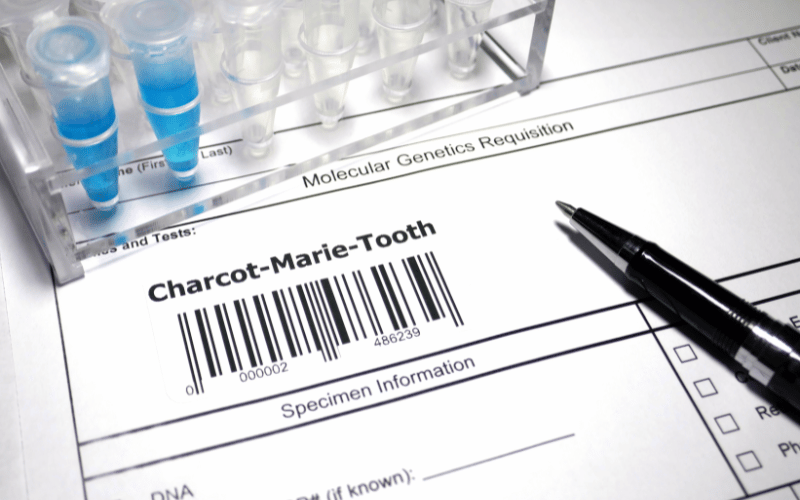Introduction: Life Expectancy and Charcot Marie Tooth Disease – A Crucial Connection

In the vast arena of genetic and neuromuscular disorders, Charcot Marie Tooth Disease (CMT) stands out, not just for its unique nature but also for the myriad of questions it raises concerning longevity. CMT, with its distinct genetic origin and impact on peripheral nerves, often draws curious minds wanting to fathom its depth and implications. While its effects on mobility and muscle strength are widely discussed, what remains a pressing query for many is how it influences one’s life expectancy.
The path ahead for those diagnosed with CMT is undeniably different. They embark on a journey filled with challenges, from muscle weakness and balance issues to navigating the emotional ramifications of the disease. It’s a voyage that demands resilience, knowledge, and above all, hope. This article aims to be a beacon on that journey, shedding light on ten crucial facts about life expectancy with CMT.
A diagnosis of CMT doesn’t just impact the individual; it sends ripples through their families, friends, and communities. Understanding the potential longevity and quality of life, therefore, becomes paramount for both patients and their loved ones. Through the subsequent sections, we unravel the intricacies of CMT and its influence on the many years that lie ahead. So, as we delve deeper, let’s arm ourselves with knowledge, the most potent tool against any challenge.
1. Charcot Marie Tooth Disease Explained: A Deep Dive into Its Origins

The Charcot Marie Tooth Disease, often abbreviated as CMT, is not a single ailment but rather a group of disorders. These are genetically inherited and primarily affect the peripheral nerves. These nerves play a crucial role in connecting our brain and spinal cord to the rest of the body, transmitting essential signals to muscles. Due to this malfunction, patients experience muscle weakness and a notable reduction in muscle mass.
Interestingly, CMT is named after the three doctors (Jean-Martin Charcot, Pierre Marie and Howard Henry Tooth) who first identified it in the late 19th century. Although the name might suggest a connection to teeth, it bears no relation to dental health. Rather, the disease influences nerves outside the brain and spinal cord.
Mutations in genes responsible for nerve function lead to CMT. As these mutated genes are passed through generations, the disorder reveals itself. Sometimes these genetic alterations cause defective proteins to form, damaging the nerve fibers.
While a definitive cure remains elusive, ongoing research aims to understand CMT better. Delving deep into its genetic origins and understanding its mechanisms can pave the way for potential treatments in the future.
A proper understanding of CMT, its genetic roots, and the subsequent effects on peripheral nerves offers a clear picture of its impact on patients. Such knowledge is vital for patients, caregivers, and the medical community. (1)